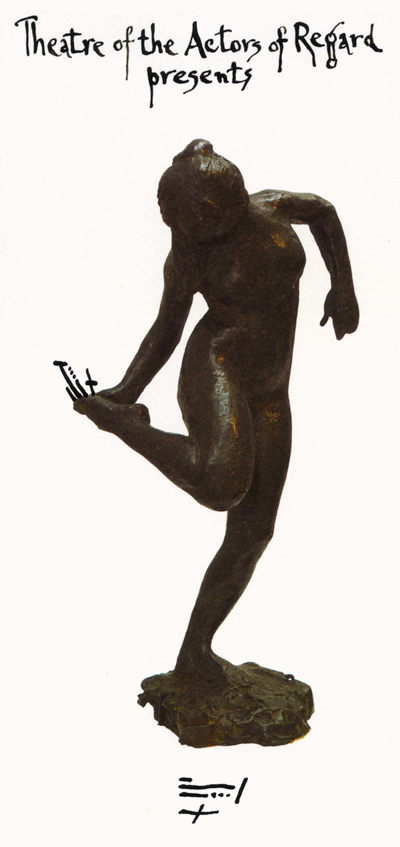Twenty Classics of Australian Art
+
Important Australian and International
Fine Art
AUCTION TO BE STREAMED LIVE ONLINE
Deutscher and Hackett, Melbourne
Wednesday 11 November 2020
7.00 pm
This specially curated auction, which places a strong emphasis on standout, high-quality Australian and International works of art from the nineteenth, twentieth and twenty-first centuries, will be a landmark event.

FIAPCE Fotos (see: Instruments of the Passion)
The catalogue cover will illustrate Russell Drysdale’s major painting, Going to the Pictures, 1941,
a masterpiece of Australian art.
“Drysdale as a consciously modern artist takes the rural motifs of the old guard and uses them for his own purpose, preparing the way for artists after him, for Nolan and Boyd,” Dr Heathcote says. “This is where modern Australian art starts to go somewhere different and takes on the old guard and beats it at its own game.”
The auction includes further, remarkable works by luminaries such as Streeton, Williams, Fairweather, Smart, Olsen, Audette and Upward and quintessential works of contemporary art by Gascoigne, Arkley, Onus and Quilty.

FIAPCE Fotos | Theatre of the Actors of Regard
Featuring a selection of extraordinary works,
a special feature of the auction will be
Twenty Classics of Australian Art.





Theatre of the Actors of Regard
detail
A Person Looks At A Work Of Art/
someone looks at something...
LOGOS/HA HA










































